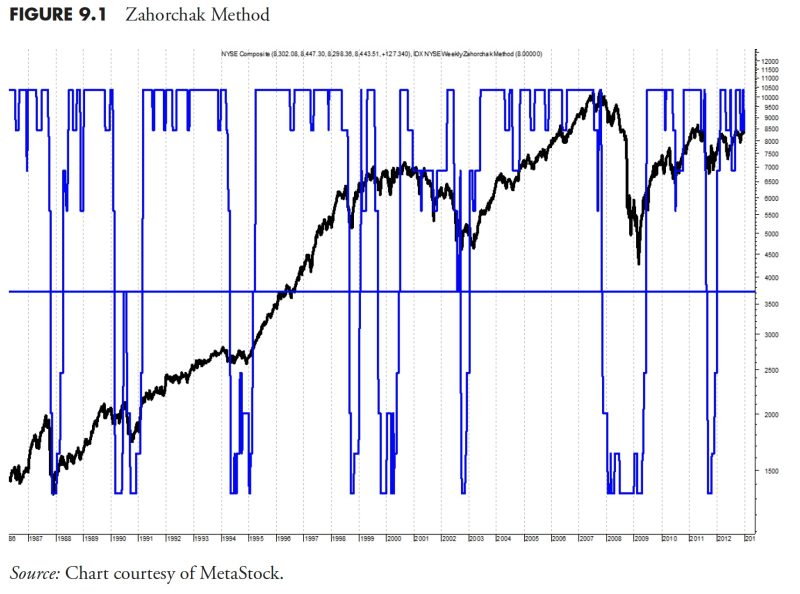
Unlocking the Power of Technical Analysis: Your Guide to Smarter Market Research – Part 1
The field of market research and analysis can be a complex and arduous one, but a vital component that stands out is technical analysis. It is an integral part of understanding the market trends, predicting future outcomes, and supporting decision-making processes in various business sectors, particularly in the investment and trading environment. Delving deeper into the rationale behind its necessity provokes insights that draw emphasis on its importance.
Technical analysis is a forecasting method where statistical trends of a market are identified and analyzed based on historical market data such as price and volume. It’s a practical, efficient, and reliable tool utilized by industry practitioners to predict potential market trends and inform investment decisions. This prediction is built by analyzing charts and markers, including market price, volume, and open interest.
For starters, one of the core reasons why technical analysis is essential in market research is its focus on price and market trends. As the old adage in the financial markets goes, ‘the trend is your friend.’ By identifying these trends, traders can enter and exit positions at optimal points for maximum profitability. The magnificence of technical analysis lies in its ability to quantify and visually represent changes in market prices over unique time frames.
Moreover, technical analysis offers objectivity. Across the trading landscape, a wide array of sentiments, opinions, and biases often cloud judgment and decision-making processes. However, technical analysis provides objectivity by indicating concrete numbers and statistics. The data and trends derived are devoid of personal feelings or predispositions, affording more reliability to the analysis.
Additionally, technical analysis allows for the identification of market sentiments. Identifying whether the market sentiment is bearish or bullish can aid in determining the future direction of the market, a crucial factor in making successful trades or investments. By examining previous market actions, it paves a way to anticipate a possible projection of market performance.
Technical analysis is also prized for its relative simplicity. Despite the sophistication of some strategies, the core concepts are easy to understand and apply, even for newer market participants with minimal experience. It encourages the ability to forecast future prices based on historical data.
Another advantage is the ability to spot opportunities that could be overlooked with other forms of analysis. For instance, by observing recurrent patterns or chart formations, investors and traders can foresee probable opportunities for optimal profitability.
Finally, the cost-effectiveness of technical analysis adds to its appeal. With the vast availability of tools and software now available, this form of analysis has become accessible and cheap to implement, making it a viable option for investors and traders of all budgets.
While the value brought by technical analysis is irrefutable, it carries a dose of skepticism. Critics argue that it potentially downplays the importance of fundamental factors, such as geopolitical issues, economic data, and company news. Yet, no tool in isolation can be the magic solution. It’s important to apply a balanced and multi-faceted approach to market research and analysis.
In conclusion, technical analysis is an invaluable mechanism in the realm of market research. It is equipped with a unique set of advantages and offers a critical perspective into market trends and forecasts. In part two, we will delve deeper into the different types of technical analysis and how to effectively apply them in market research and analysis.
